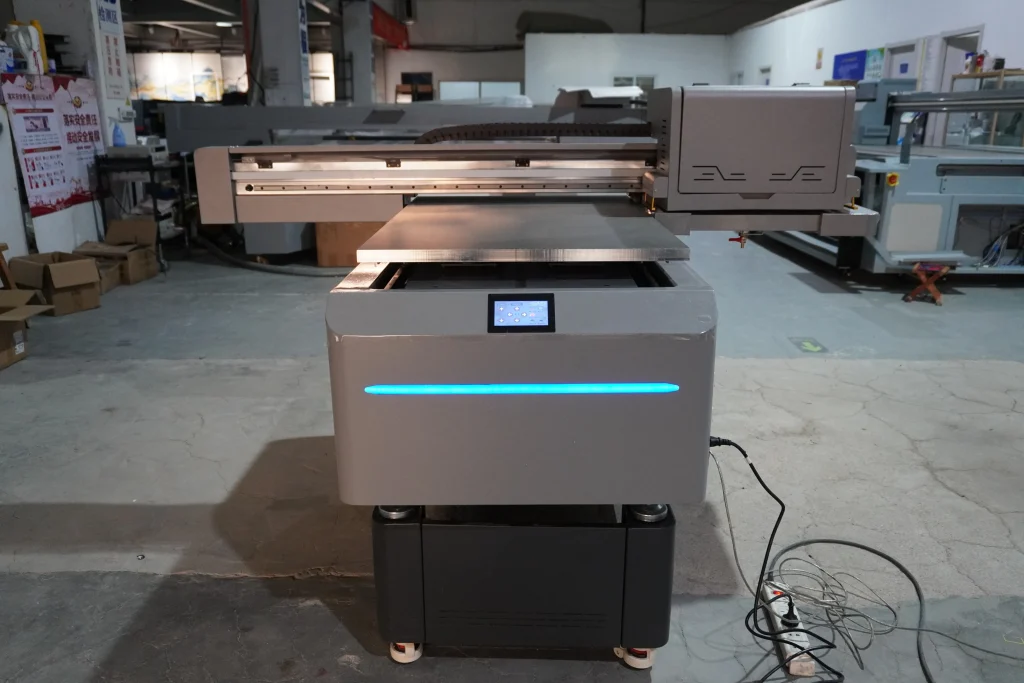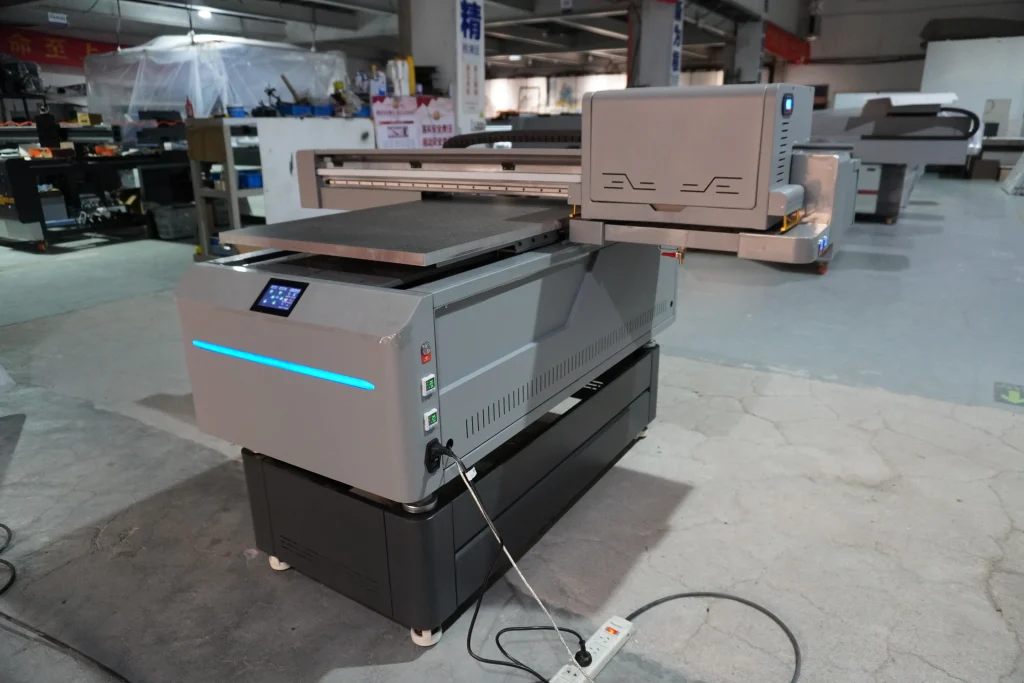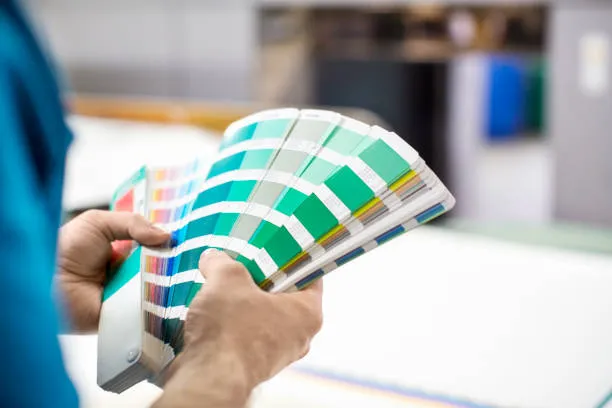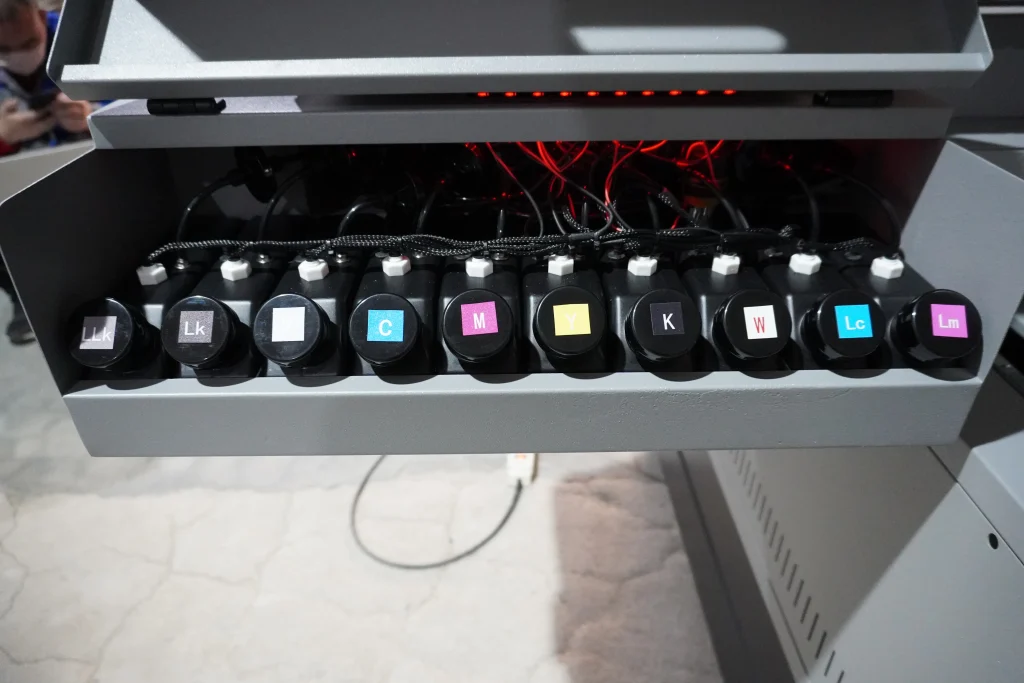Avoid your inquiry is delay response, please enter your WhatsApp/WeChat/Skype along with the message, so we can contact you at the very first time
We will reply you within 24 hours. If for urgent case, please add WhatsApp: +8617888313102, or WeChat: +86 17864107808. Or call +86 17864107808 directly.
*We respect your confidentiality and all information are protected. We will only use your information to respond to your inquiry and will never send unsolicited emails or promotional messages.
Discover how digital printing technology revolutionizes color consistency and matching. Learn why understanding CMYK, RGB, and the printing process is essential for achieving vibrant and accurate colors in your projects.
Digital printing has transformed the way we produce everything from brochures to business cards. If you’ve ever wondered how printers reproduce colors so precisely, or why your prints sometimes don’t match what’s on your screen, this article is for you. We’ll delve into the world of digital print, explore color models like CMYK and RGB, and uncover the secrets behind color matching and calibration. Read on to unlock the mysteries of color in the printing process and take your printed materials to the next level!
Digital print is a method of printing from a digital-based image directly to a variety of media. It allows for on-demand printing, short turnaround time, and even modification of the image used for each impression.
Digital print uses printers that read digital files and print them using toner (like in laser printers) or ink (like in inkjet printers). This direct approach makes the process efficient and cost-effective.

Color models are essential in the world of printing and digital media. The two primary models are CMYK and RGB.
Why It Matters:
When you design something on your computer (using RGB) and then print it (using CMYK), colors may shift. Understanding these models helps in achieving accurate colors in your final printed materials.
Color matching ensures that the colors in your digital files match the colors in your printed products.

Consistency is key in professional printing.
Pantone colors are standardized color codes that help in color identification.
However, using Pantone colors in digital print may require special considerations, as they are often spot colors used in offset printing.
Color calibration involves adjusting your devices to match a known standard.

Digital printing technology has evolved, offering new capabilities.
Did You Know?
Some digital press machines now include gamut extension colors, allowing for a wider range of color reproduction.
Ensuring your prints match your expectations involves several steps.
Always request test prints or proofs to see how colors will appear on the final product.
Both digital print and offset printing have their advantages.
Choosing between the two depends on your specific needs, budget, and timeframe.
Selecting the right printing company can make a significant difference in your project’s success.

Understanding the nuances of digital print, color models, and the printing process empowers you to create stunning printed materials. By grasping concepts like CMYK, color matching, and calibration, you can ensure your prints turn out exactly as you envision them.
Enhance your printing projects with cutting-edge technology!
Check out these resources for innovative printing solutions:
Remember, achieving the perfect print is a blend of understanding technology, collaborating with professionals, and a bit of artistry. Happy printing!